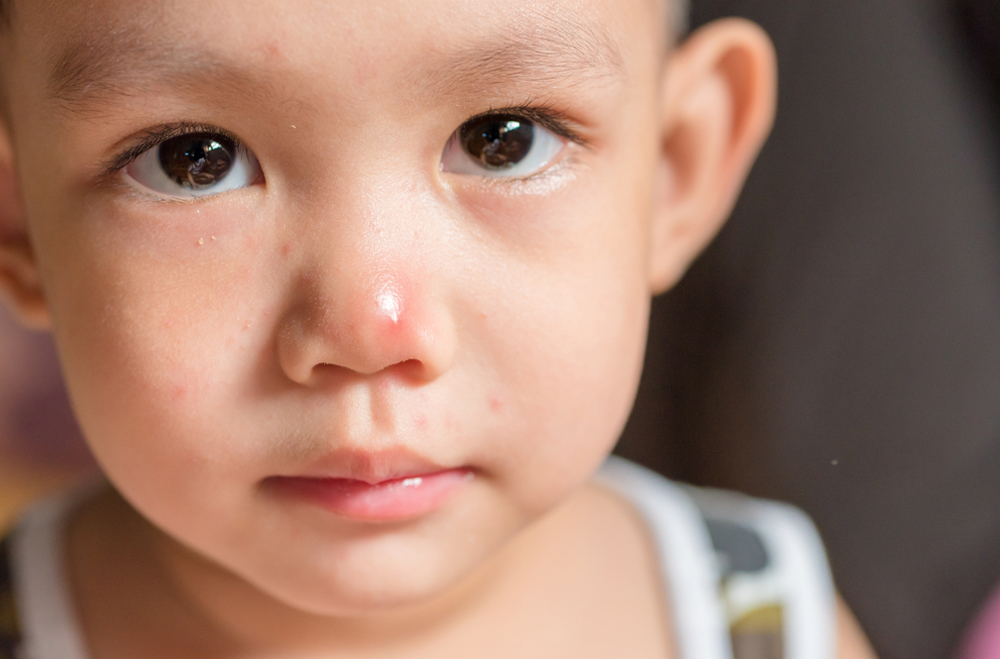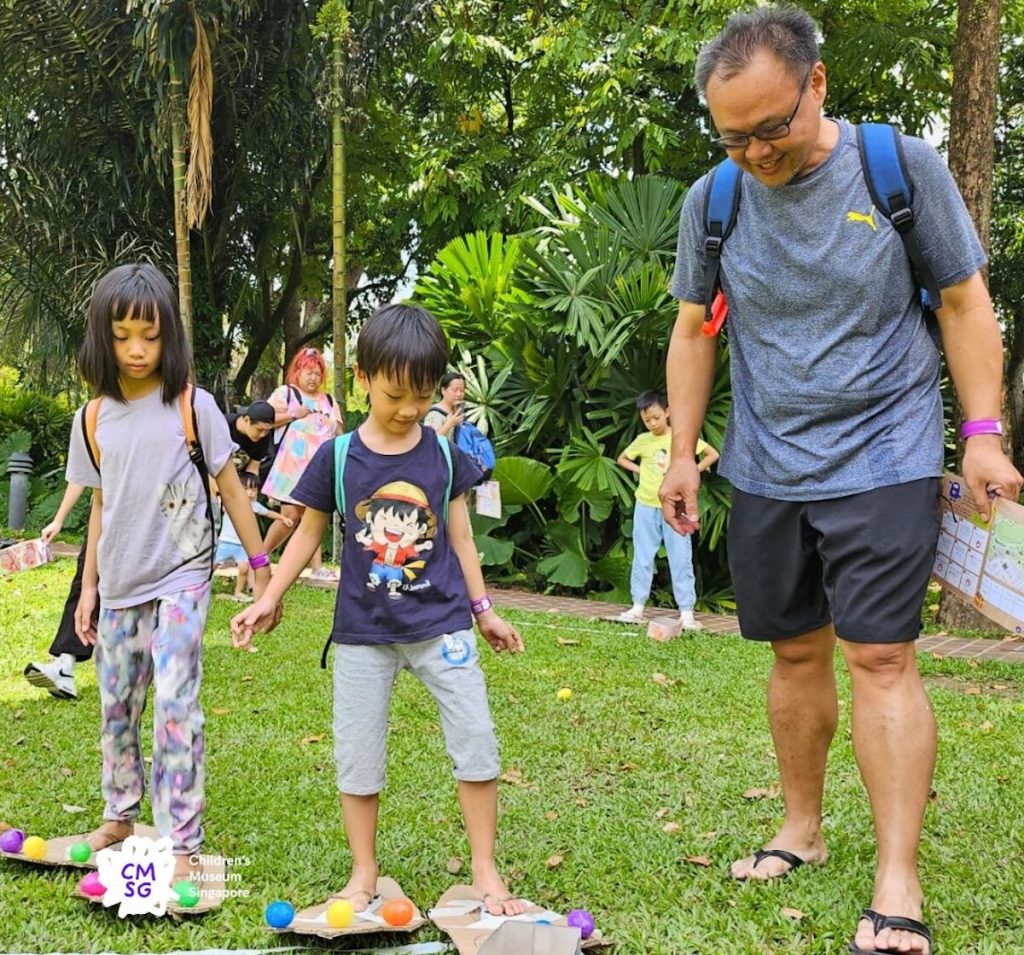Hand, Foot and Mouth Disease (HFMD) outbreaks in Singapore are not uncommon and in 2016 they hit near-record-high levels, with 18,241 infections reported during the first 21 weeks of the year. The median for the same period of time over the last five years is 8,193.
Rather than waiting for it to strike, teach your little ones how to protect themselves against this infection. Dr Chan Poh Chong, head and senior consultant, Division of General Ambulatory Paediatrics and Adolescent Medicine, National University Hospital, shares more about this disease and the methods parents can employ to help their children.
What causes HFMD?
HFMD is an infection caused by a group of viruses called enteroviruses, commonly the coxsackievirus A16 and the more serious enterovirus 71.
What are the symptoms?
It usually starts with mild fever, poor appetite, lethargy and sometimes a sore throat. One or two days after the fever begins, sores develop in the mouth over the tongue, the insides of the mouth and the back of the throat. Rashes of red spots and blisters may then occur on the palms and soles, and sometimes on the buttocks of younger children. Children will exhibit signs of the disease three to five days after being infected.
How can parents prevent children from being infected?
- Teach your children proper hygiene practices such as washing hands after going to the toilet, and covering their mouth and nose when coughing or sneezing.
- Disinfect any articles such as toys, eating utensils and towels, which have been contaminated by the droplets, saliva or stools of infected cases.
- Avoid places such as childcare centres or playgrounds where there have recently been HFMD outbreaks.
- Teach children to avoid kissing, hugging, playing, or sharing eating utensils or cups with those who may have HFMD.
How is HFMD treated?
There is no specific treatment for this infection. Instead, children with HFMD are treated symptomatically, to ensure their hydration is adequate, as painful mouth ulcers may hinder oral intake of fluids. Occasionally, they may be admitted for intravenous hydration if they do become too dry. Ulcers can be treated with analgesic gels, and fever and sore throat with paracetamol. Monitoring for complications of brain and heart involvement is important.
How should parents care for children with HFMD?
- Make sure they drink enough fluids to prevent dehydration.
- Allow the child to take what he/she likes, even cold drinks, ice cream or popsicles.
- Apply ulcer gel or use mouth spray to relieve pain from mouth sores.
- Painkillers such as paracetamol can be given for pain.
- Salt-water mouth rinses may help older children.
- Small feeds with soupy/soft diets are preferable to minimise pain from mouth ulcers.
- Calamine lotion may be applied to rashes on the body if they become itchy.
- Mittens are not advisable as they may irritate blisters/rashes on hands or feet.
- Children should stay in cool, air-conditioned places to avoid sweating and further irritation to rashes.
- Children should stay away from school for one week after a rash appears.
Dr Chan Poh Chong is head and senior consultant, Division of General Ambulatory Paediatrics and Adolescent Medicine, National University Hospital. He has special interest in dermatology, feeding and nutrition as well as vaccinology.
To learn more about other common childhood conditions, click here.















